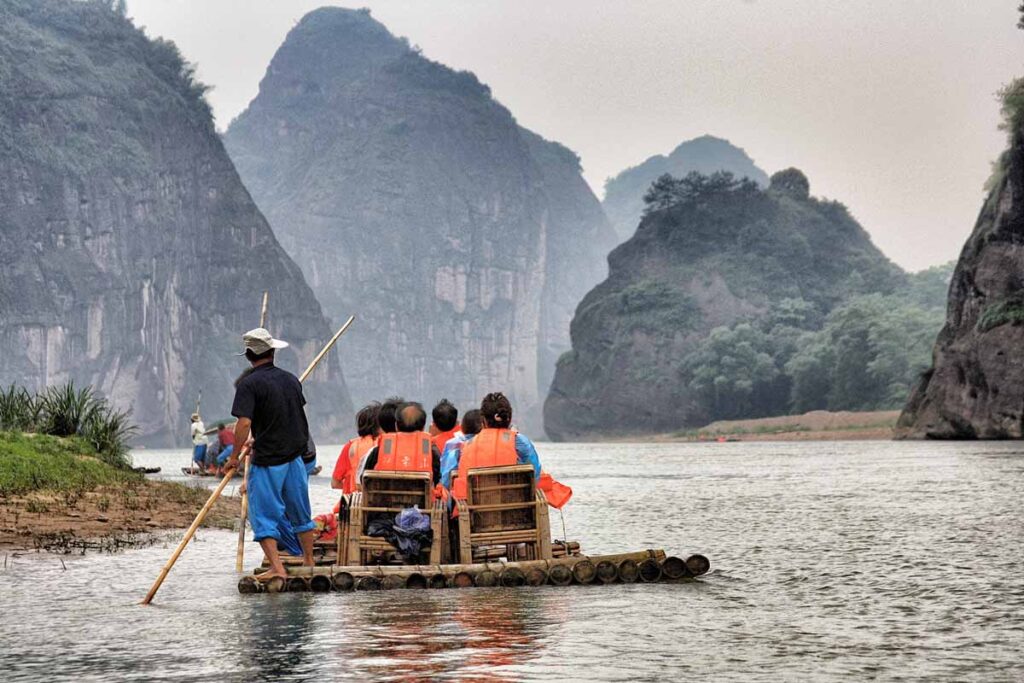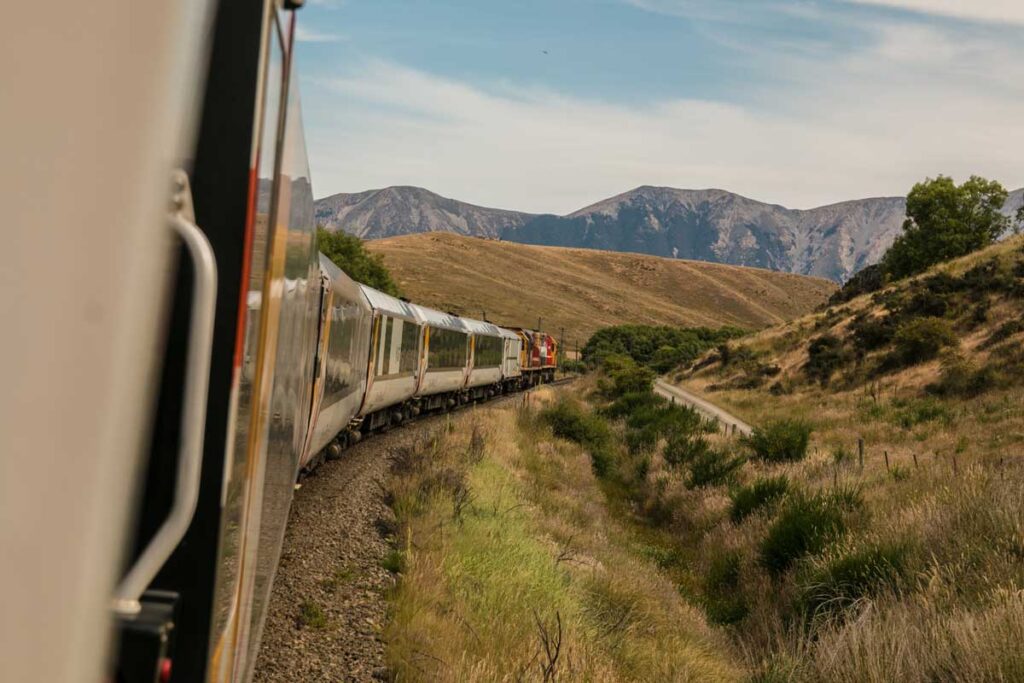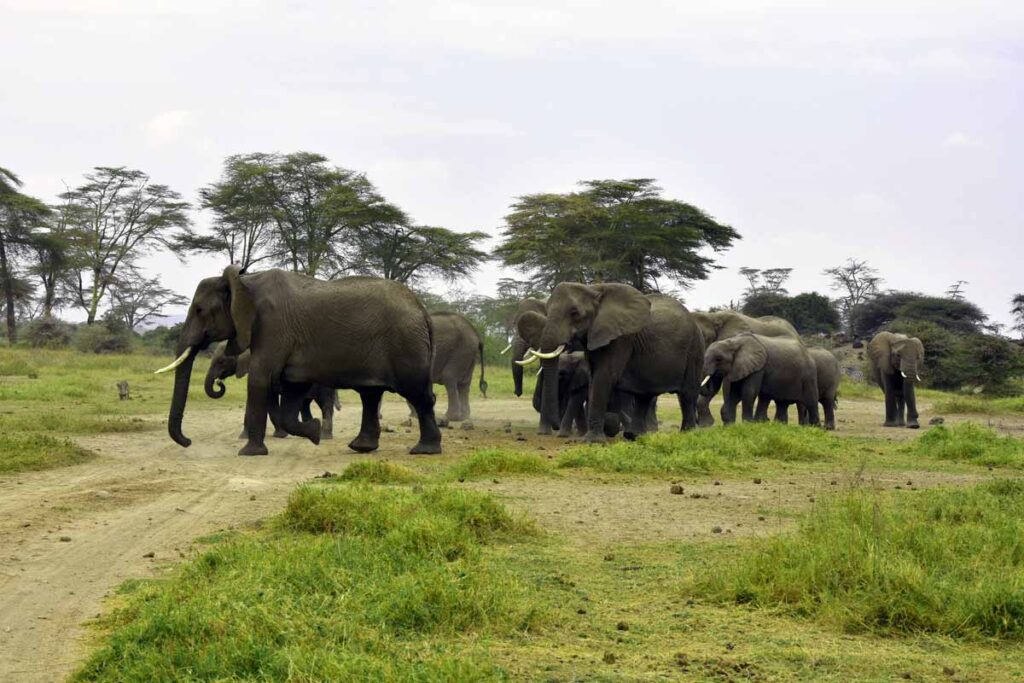In 1995, 527 million people from around the world went on vacation abroad. In 2018, this has increased to 1.2 billion. With cheaper flights, improved living conditions, and a desire to see the world, more and more of us are heading out into the unknown. However, international tourism is currently responsible for around 8% of greenhouse gas emissions. Transport for instance – mainly planes – leave behind the most significant footprint in the travel industry. Tourism ultimately (or at least currently) predominantly relies on the burning of fossil fuels.
However, many places are dependent on tourism, it being an essential component of many countries’ economic systems. Clearly, tourism isn’t (and shouldn’t!) go anywhere. But how can we make it – and ourselves – more sustainable?
First, what does sustainability mean?
The legendary Sir David Attenborough defined sustainability as being the process of ‘making sure that everything we do, we can do forever’. And as we shape the course of this ‘new’ decade, this concept has never been more important to our future on the planet. Sustainable tourism focuses on three pillars of eco friendly practice, which include ensuring that what we do protects and promotes the environment, protects cultural and natural heritage, and benefits local communities. Basically, we need to remember that being able to visit other countries is ultimately a privilege. We need to minimize the impact that we have on the area by adopting green travel methods.
Research and planning a sustainable trip
In order to ensure that your trip is as sustainable as impossible, proper planning and research are essential.
Tip #1: Choose your destination and timing wisely
Before you book, choose your destination wisely; research to see how the country aims to conserve and sustain as well as their practices regarding conservation, and animal and human rights. Try to support efforts to be green with your tourism and avoid countries exploiting the world’s resources – by going there, you indirectly condone this.
In some areas, such as Venice, Barcelona, and the beaches of Thailand amongst others, over-tourism is having a significant impact on the infrastructure of the area. If you are hoping to visit such places, try to do so in the off-peak seasons or just pick a destination that is less popular to reduce the impact.
Tip #2: Research services, accommodation and attractions
You should also research your accommodation, planned activities, and any other businesses that you plan to use. Consider choosing a hotel that is owned by a local person or business rather than a foreign corporation to ensure that you are putting money directly into the local economy rather than large conglomerates. The same goes for attractions, tour guides, restaurants and so on.
If you don’t have time to research all of this, or you’re not sure where to start, try finding green search engines to help. For example, Intrepid Travel allows you to pick from their local, often family owned accommodations.
Tip #3 Keep an eye out for greenwashing
It is also important to be aware of the impact of greenwashing. As more and more people are acknowledging the importance of being sustainable, some companies have started utilizing this as a marketing technique rather than actually making genuinely eco-friendly changes.
Responsible companies should promote openness and transparency. Look for accreditations such as GSTC, Green Globe, Rainforest Alliance, EarthCheck, Green Tourism Business Scheme (UK) and other regulatory bodies.
From A to B: Transport considerations
#1 Planes, trains and automobiles – which one is best?
When it comes to leaving behind a carbon footprint, planes are much higher than most other forms of transport and they rely heavily on fossil fuels. Try to avoid flying where possible, and consider alternative methods such as public transport and trains to get you from A to B, with trains emitting far less CO2 per head. If flying cannot be avoided, fly direct whenever possible and choose an eco-friendly airline carrier that uses sustainable aviation biofuel. There are also more than 30 IATA (International Air Transport Association) member airlines that have carbon offset programs, and a quick Google will tell you which one is the best for your trip. Here are 11 airlines offering it.
#2 You’ve arrived – what now?
When you arrive at your destination, get around by walking or rent a bike for your sight seeing purposes. If you are planning to hire a car, consider a hybrid or electrical to reduce your carbon footprint.
Supporting the local community
As I’ve previously mentioned, tourism often plays an essential role in supporting the local economy. The travel industry even supplies 10% of the world’s jobs. However, although we are seeing an increase in the importance of cultural understanding and supporting ethnical practices, local people are still likely to be earning less per head than big international businesses in most tourist destinations.
Ensure that your money is spent wisely by investing directly in the local community, shop handmade crafts and souvenirs, eat at locally-owned restaurants and generally stay away from corporations and tourist traps.
When you are traveling, it is also important that you honor local customs and cultures and have respect for your hosts. Learn some of the language, get involved and immerse yourself for a truly eye-opening and educational travel experience.
Wildlife Tourism
Do not be part of the problem, be part of the solution! Remember that each of the choices that you make when traveling can have a cumulative impact on the lives of people and animals around the world. Wildlife tourism is a difficult one. However, if it is something that you want to do, stick to ethical and sustainable animal interactions such as sanctuaries and marine conservation voluntary projects. Always research the background of any activities that use animals. Also, check out the World Animal Protection list of those that should be avoided at all costs, never buy wildlife products and do not purchase photos or tickets from any company that is exploiting wildlife.
Reducing Waste
Tip #1: Bring reusable items with you
Research has shown that around the world less than 10% of plastic is actually recycled. Avoiding single- use plastics is therefore always essential, wherever you are in the world. Although, it’s nigh on impossible on occasion, it can help if you take some reusable items with you on your trips such as a BPA-free water bottle, travel mug, cloth shopping bag, metal utensils, and straws. It can be a challenge avoiding bottled water if you are living in a country in which the drinking water is not potable, but you can ask restaurants and cafes to fill your water bottle.
Tip #2: Limit energy and water consumption
It is also essential that we limit energy use and conserve water. Conserving water is always important, but it can be particularly essential when you are living in countries where there is a shortage. Be aware of your water consumption, take showers instead of baths, and purify water where possible.
Where can you learn more about becoming more sustainable?
At the end of the day, becoming more sustainable is a learning curve for us all. You’ll be constantly finding out new ways to become more sustainable. But as long as you’re respectful of nature and cultures different to yours, and ready to learn and change, you’ll get there!
I’ve created a list of the best bloggers who offer sustainable travel advice and tips from experience. These green influencers are dedicated to seeing the world in more environmentally-friendly and ethical way. Make sure to check them out and follow!
These articles should make your reading list too!






Comments are closed.